



End-to-end certification and regulatory compliance for Indian and global markets.
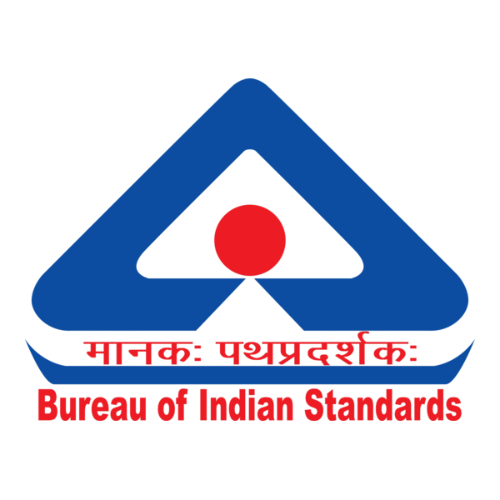 BIS Certification
BIS Certification
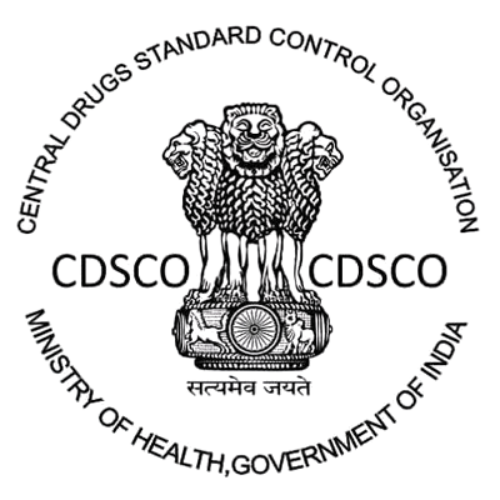 CDSCO
CDSCO
 CPCB
CPCB
 LMPC
LMPC
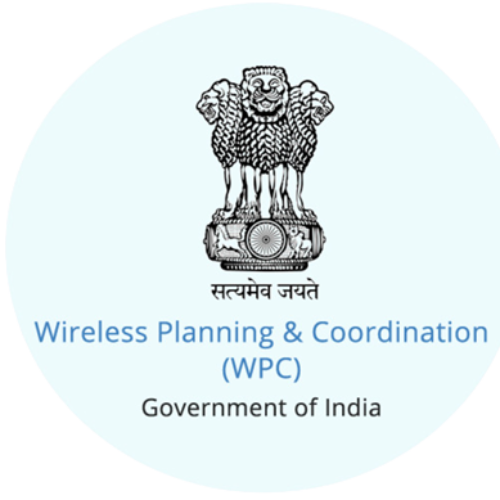 WPC Approval
WPC Approval
 Global Approvals
Global Approvals
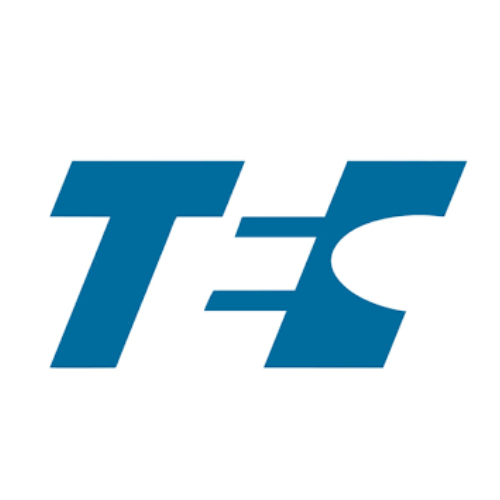 TEC
TEC
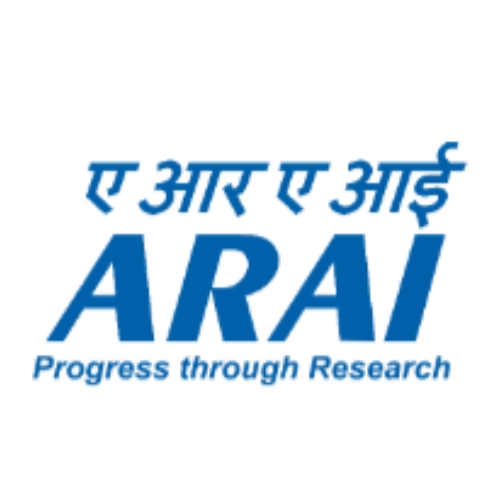 ARAI
ARAI
 BEE
BEE
 ISO Certification
ISO Certification
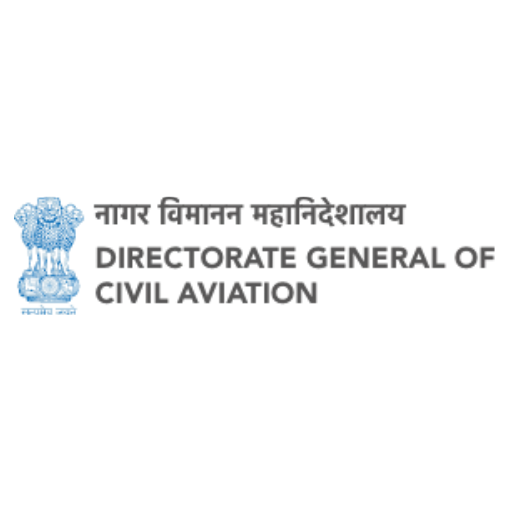 Drone Registration
Drone Registration
 NOC For Steel
NOC For Steel





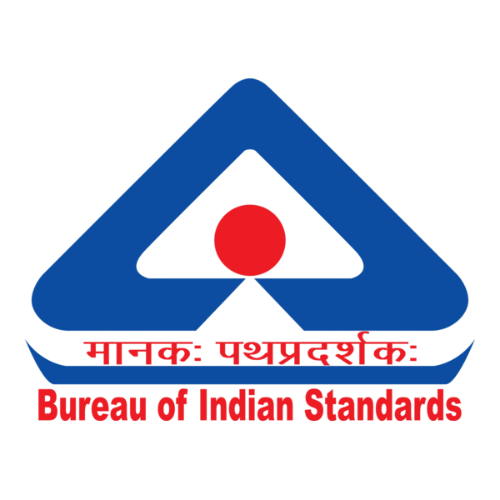

























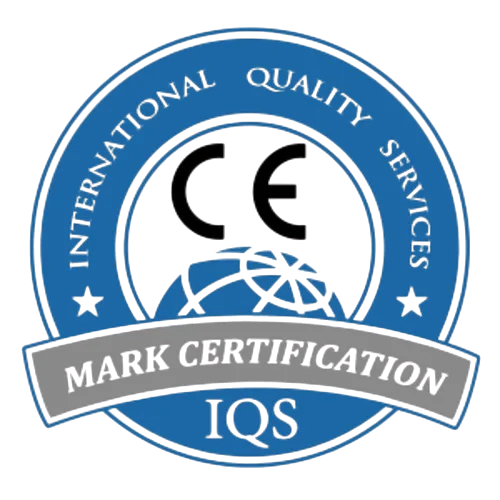



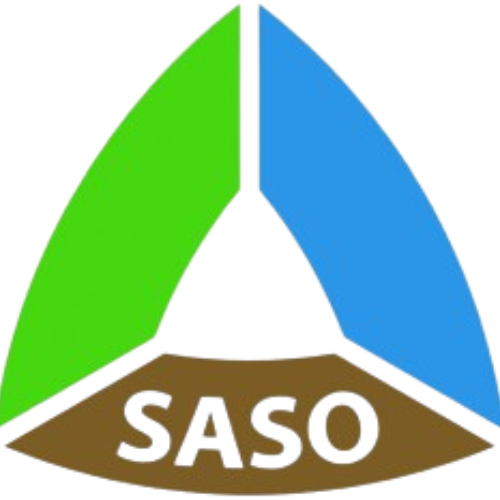



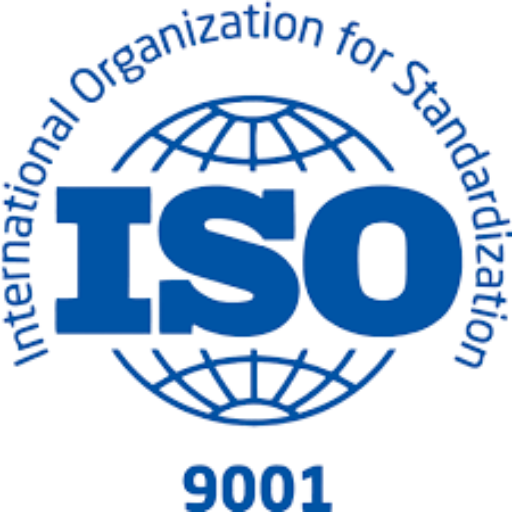
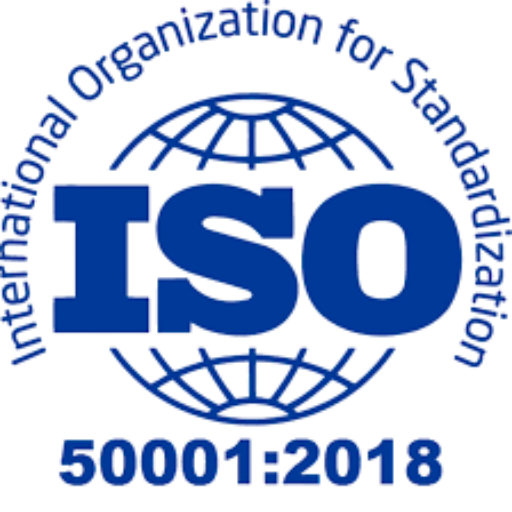

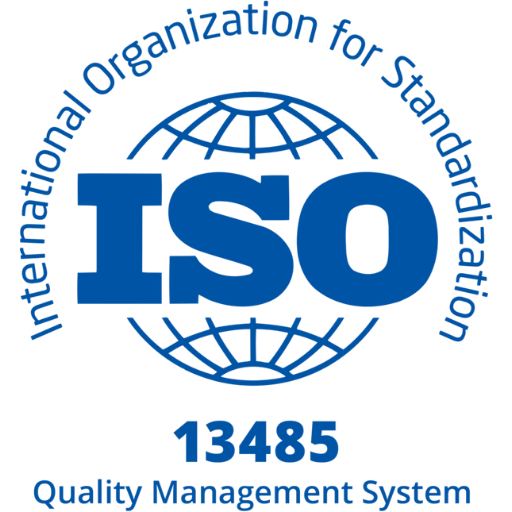

Apart from product certification, BIS is responsible for framing Indian Standards, conducting laboratory testing, and ensuring consumer protection.
Some items must be certified before they get released mysteriously made for select goods like cables, switches, cement, gas cylinders, etc.
It ensures electronic products conform to Indian Standards (IS).Covers 70+ products including laptops, phones, adapters, TVs, and batteries.
Hallmarking Certification is mandatory in India for gold and silver jewellery.The BIS 916 Hallmark confirms 22K gold purity.Silver Hallmarking is compulsory for certain grades like BIS 925.
FMCS Mark Certification is a BIS-led approval process that enables foreign manufacturers to sell regulated products in the Indian market.
It helps manufacturers build trust and create a compliance framework. It also markets to eco-conscious consumers.This guide will detail eligibility, provide information on the application procedure, and outline benefits of certification to ISO 14024.
It is governed by NABL under the Quality Council of India (QCI).Accreditation enhances trust among regulators, industries, and global partners.
The World Manufacturer Identity (WMI) is a globally recognized code used to identify vehicle manufacturers. WMI registration ensures traceability, compliance, and global brand recognition for automotive makers.
Stay ahead of regulatory changes with BIS Scheme X Certification. Now extended to September 1, 2026, under the omnibus technical regulation order 2024. Get complete certification support from Diligence Certification.
Get full assistance for CDSCO registration, medical device import licenses, and cosmetic import licenses with Diligence Certifications. Our expert guidance and comprehensive support ensure your compliance, helping you gain a competitive edge in the market. Your satisfaction is our commitment!
Diligence Certifications is a top-tier name in drug licensing and provides topmost service and knowledge support to all sizes of pharmaceutical companies. Our seasoned team understands the global regulations and has seen several success stories.
Having trouble securing Cosmetic License certification in India? Let our ISI certification experts assist you in achieving it and boosting your credibility!
Get expert guidance on Medical Device Registration in India. Learn CDSCO approval process, documents, fees & compliance for manufacturers and importers.
Secure your CPCB Certification with ease and align your business with environmental regulations and sustainable practices. Our expert team streamlines the application process, offering tailored guidance to meet your unique EPR compliance requirements.
Need assistance in Battery Waste Certification? Our experts guide you through every step to ensure smooth and compliant processing.
E-waste has become one of the most serious problems of the modern world, as technology is changing very fast. Discarded electronics items such as smartphones and refrigerators contain very toxic elements hazardous to human health and the environment if not treated properly.
Tyre wastage is an increasing global problem. It threatens to engulf the world in a sea of rubber with disastrous consequences for the environment and human health.
Diligence Certifications help businesses go a long way in environmental compliance matters through their management of plastic waste compliance. It rallies your commitment to reducing environmental impacts, increasing your recycling, driving circular economies and, hence, building credibility with consumers as citizens of a wider world contending against plastic pollution with angels and regulators.
Get Full Assistance for Model Approval for Indian W&M Instruments and Importer Registration for Weight and Measurement Instruments with Diligence Certifications. We prioritize your success by providing expert guidance and comprehensive support for all your LMPC Certification needs, helping you gain a competitive edge in the market. Your satisfaction is our commitment, and we work tirelessly to ensure it, now and in the future.
Get Full Assistance for Non-Network License, Network License, and Equipment Type Approval with Diligence Certifications. We prioritize your success by providing expert guidance and comprehensive support for all your WPC Approval needs, helping you gain a competitive edge in the market. Your satisfaction is our commitment, and we work tirelessly to ensure it, now and in the future.
End-to-end certification and regulatory compliance for Indian and global markets.
 Business Registration
Business Registration














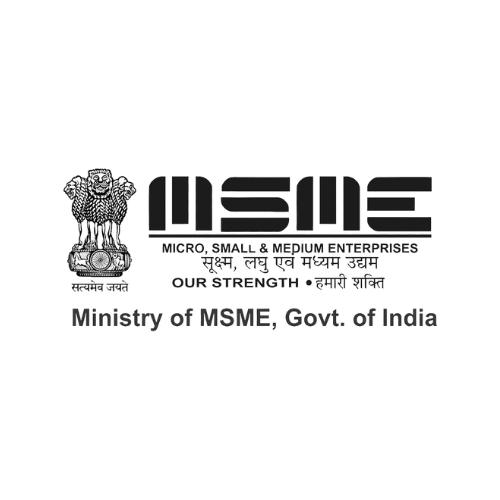

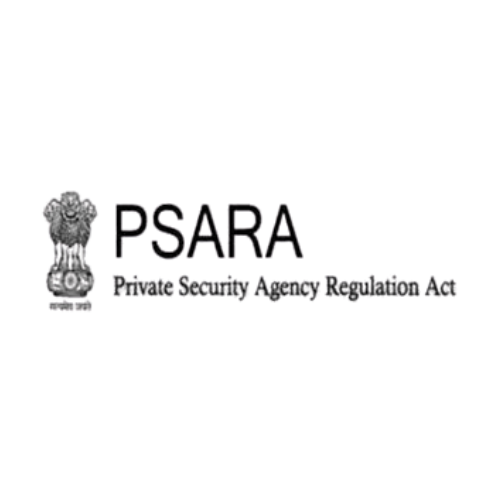
End-to-end certification and regulatory compliance for Indian and global markets.
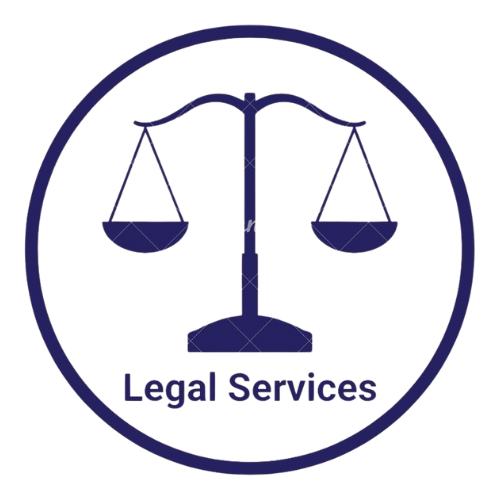 Legal Services
Legal Services
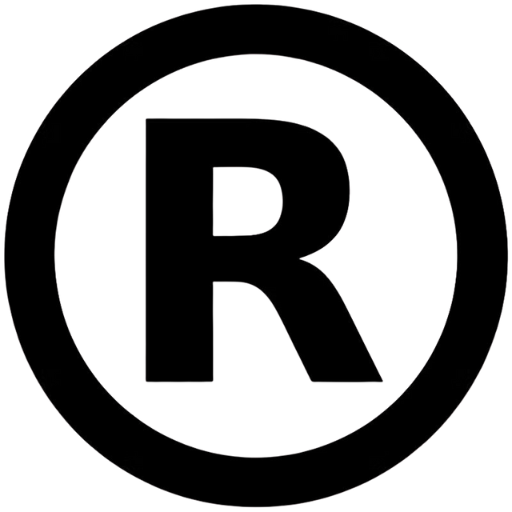 Trademark Registration
Trademark Registration
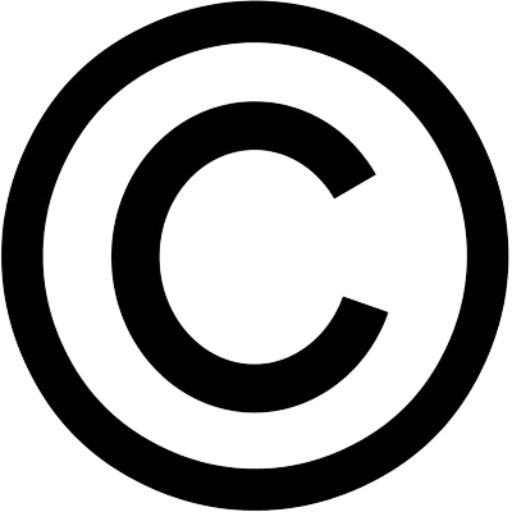 Copyright Registration
Copyright Registration
 Patent Registration
Patent Registration






















































In early 2023, a technology startup out of Berlin experienced a worrying situation. Their newly launched application, sillily coined from a mix of two popular technology terms, received an objection of trademark from the EUIPO (European Union Intellectual Property Office), stating that the mark was “too descriptive” of what the app does.
The founders were irritated. Their logo, branding, and domain name were all active. Like most entrepreneurs, they assumed completing the application process was the last step of the process. Even if a trademark objection can be frustrating, it is simply a process (and usually not the end of the road).
Knowing what a trademark objection means, the reason for it occurring, and the correct way to respond can be the difference between securing your intellectual property or losing it due to process errors.
A trademark objection in India is a vital juncture within the trademark registration process. Objections may be raised by either the Trademark Examiner or in certain cases, a third party, objecting to the contemplated trademark and possibly preventing the registration of a trademark.
When filing a trademark application, registration does not happen automatically. Each application will be examined by the Trademark Office to determine whether it meets the requirements set out in the Trade Marks Act, 1999, and whether there are any existing rights which have not been violated. In many cases, the examiner will issue an objection to one or more of the specific reasons that can be addressed before the mark can proceed to publication or registration.
In some cases, the objection is entirely procedural in nature and does not represent an outright rejection of the mark. The objection represents an opportunity to respond with reasoning, clarify, or modify the application. Clearly, ignoring the objection or possibly mishandling the objection will only lead to an abandonment of the mark; a far more efficient process that delays or nullifying the objectives of protecting your brand.
A trademark objection is a situation where a national or regional trademark office (e.g. USPTO, UKIPO, IP India) has an issue with an application during examination.
While an objection is not a rejection per se, it means the examiner believes that the application may contravene certain rules or is arguably not “distinctive enough” for protection. The applicant is invited to respond, clarify or amend the application.
In many cases, it is the case that a thoughtful and thorough reply expedites resolution, while, in the opposite case, an inappropriate or delayed reply leads to abandonment of the mark.
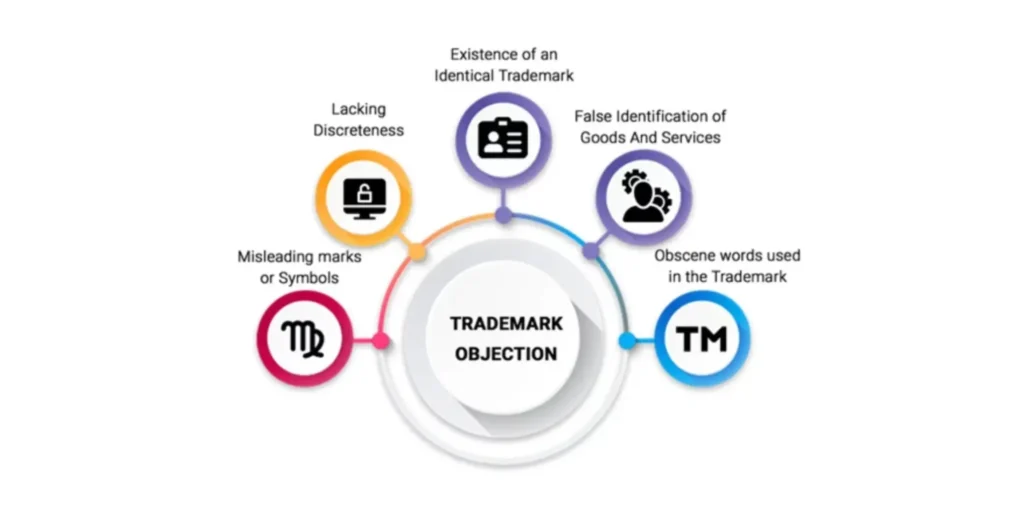
A trademark objection reply is a formal written response made by the applicant to respond to the issues raised by the Trademark Registrar when evaluating a trademark application. It is an important procedural step that the applicant takes in an attempt to clarify the distinctiveness, purpose, and legitimacy of the mark, and to explain why it should progress to registration. In a circumstance where the Trademark Office has issued an Examination Report raising objections under the Trade Marks Act, 1999, the applicant is usually required to reply to it within 30 days of receipt.
This reply is no small matter, it is the applicant’s opportunity to defend their intellectual property and confirm that their brand identity is recognized by law and protected.
Trademark opposition can arise during registration when objections are made based, broadly, on (a) procedural issues; or (b) substantive issues.
These objections arise on a number of different factors:
(i) from an administrative error made on the application;
(ii) from existing or non-complying statutory rights under the Trade Marks Act, 1999.
Understanding the objection types is critical to filing accurate applications and developing a response if an issue arises.
Procedural objections are administrative in nature and typically arise from some form of clerical or documented application error. Procedural objections do not ordinarily raise an objection to a trademark’s originality, but rather whether the application satisfies the procedural requirements.
Examples of common procedural objections:
Substantive objections relate directly to the registrability of the trademark itself. These objections arise when the examiner believes the trade mark does not meet the requirements of trademark law to be distinctive or would conflict with another trademark.
Substantive objections are based on absolute grounds (Section 9) and relative grounds (Section 11) of the Trade Marks Act, 1999.
Substantive objections typically include:
Responding to substantive objections is highly strategic and incorporates legal reasoning, evidence of distinctiveness, and sometimes cases where the trade mark examiner has accepted similar trade marks.
Below is a more comprehensive overview of the various types of trademark objections, their descriptions, and practical examples.
Type of Objection | Description | Example |
Incorrect Trademark Form | Using an inappropriate filing form for the trademark type or class | Filing a single-class trademark using a multi-class form (Form TM-M instead of TM-A) |
Incorrect Applicant Name | Errors or inconsistencies in the applicant’s name or company details | Applying under “ABC Pvt Ltd” while documents mention “ABC Private Limited” |
Failure to File TM-48 | Not submitting Power of Attorney (Form TM-48) when an agent or attorney files the application | Trademark attorney forgets to attach TM-48 as proof of authorisation |
Incomplete Address | Missing or incomplete business or applicant address | Mentioning “ABC Street” without specifying the city or pin code |
Wrong Classification | Filing the mark under the wrong class of goods or services | Registering software under Class 27 (Carpets, Rugs, Mats) instead of Class 42 (Technology) |
Misses Unique Character | Mark lacks originality or distinctiveness | Attempting to register “Fresh Fruits” for a fruit-selling business |
Unclear Specifications | Ambiguous description of goods/services in the application | Using “consumer goods” instead of clearly listing “shampoos and soaps” |
Deceptively Similar or Identical Marks | The applied mark resembles an existing or pending one | Applying for “Coca-Kola” when “Coca-Cola” already exists |
Offensive or Misleading Terms | Marks containing offensive, deceptive, or prohibited words | Using “Swiss Chocolates” for Indian products or vulgar phrases in a brand name |
Each jurisdiction frames its objections differently, but the causes typically fall into three general categories.
e.g., The term “EcoClean” was objected to in multiple countries as generic for cleaning products.
Make sure your classification of the Nice Classification fits with your business activity prior to filing.
Within thirty days of receipt of the Examination Report of the trademark application received from the Trademark Registry, the applicant must be prepared to make a trademark objection reply. The Trade Marks Act, 1999, has imposed a strict timeline in which any delay in responding to the trademark objection reply may lead to abandonment or refusal of the application.
The trademark objection reply is the mechanism by which the applicant can respond formally to the objections made by the Trademark Examiner in relation to the pending trademark application. A trademark objection reply is the occasion for the applicant to explain and justify why evidence demonstrates that the mark meets all requirements for registration.
If the Registrar determines that the written response is insufficient or if the trademark examiner’s objections are still not resolved, the applicant is invited to a show-cause hearing. At the show-cause hearing, the applicant and/or their agent may give oral arguments and submit documents and other evidence in support of their position. The Registrar will make a final determination following the hearing, and that determination will decide if the mark will proceed for publication or will be refused.
According to the Trade Marks Act of 1999, in India, either the applicant or an authorized representative of the applicant can file a response to a trademark objection. In other words, anybody with a legitimate interest in defending the application who has filed or authorized filing of the trademark application may file a reply.
The following parties qualify to the reply to a trademark objection to filed with the Indian Trademark Office: The Applicant or Trademark Owner:
The original applicant or owner of the trademark application ultimately has the responsibility to respond to the trademark objection.
Responding to a trademark objection requires precise evidence and documentation to support your assertion of trademark ownership. The following documents will assist in substantiating your application and will assist in bolstering your response in front of the Trademark Registrar:
Mandatory Documents
Supporting Documents
If your trademark registration status indicates ‘Objected’, it means that the Trademark Examiner has raised objections in the examination report. Here’s what you need to do next:
Importantly: If you don’t respond or file a reply to the objection within the allowed time you can lose your rights to the proposed mark because the application will be treated as abandoned.
A timely and well-drafted trademark objection reply can make the difference between approval and rejection. Below is a step-by-step process followed in India:
Carefully examine the grounds of objection mentioned in the Examination Report. Discuss each point with your trademark attorney to ensure no detail is overlooked.
The reply must be filed within 30 days from the date of issue of the report. Late submissions are not accepted under Indian trademark law.
Collect proof of prior use, brand recognition, sales records, consumer testimonials, and market presence. These documents help establish distinctiveness and commercial use.
Prepare a detailed, legally sound reply addressing every objection raised. Include arguments on the uniqueness of the mark and its non-conflict with existing trademarks. The reply is then filed online through the official IP India website.
After filing, keep track of updates via the IP India portal. Regular monitoring helps you stay informed about hearing notices or examiner feedback.
If the examiner requires further clarification, a show-cause hearing is scheduled. The applicant or attorney must present oral arguments to support the registration.
If the examiner accepts your reply, the mark is published in the Trademark Journal for public opposition. If rejected, a refusal order with reasons is issued.
In case of rejection, the applicant may file a review petition within 30 days from receipt of the refusal order, explaining grounds for reconsideration.
Once accepted and published, if no opposition is filed within four months, the trademark proceeds to registration. A registration certificate is then issued, granting exclusive rights to the owner.
Every brand that grows globally encounters a trademark objection at some stage. It’s not a setback — it’s a checkpoint ensuring that your brand identity is legally sound.
Handled strategically, an objection can refine your mark, reinforce its distinctiveness, and signal to the market that your brand stands for originality and diligence.
Whether you’re a startup protecting your first logo or a multinational filing across 50 countries, professional guidance can turn an objection into an opportunity for stronger global recognition.
Need expert help with a trademark objection?
Consult our global IP specialists to prepare, file, and defend your trademark — from examination to enforcement.
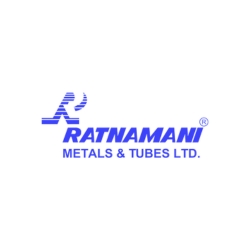


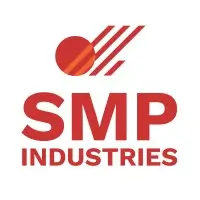

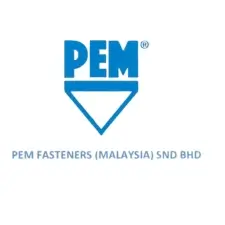
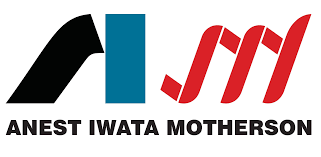























A trademark objection is a concern or query raised by the Trademark Examiner during the registration process, usually due to conflict, similarity, or procedural errors.
A trademark objection can be raised by the Trademark Registrar during examination or by a third party after publication in the Trademark Journal.
It usually occurs at the initial examination stage after filing the trademark application, or during the journal publication stage.
Common reasons include similarity to an existing mark, lack of distinctiveness, incorrect classification, misleading words, or procedural errors in the application.
You must file a trademark objection reply within 30 days, addressing all issues raised and attaching supporting documents or evidence.
Ignoring or missing the deadline can lead to abandonment or rejection of your trademark application.
The applicant, owner, or an authorised trademark attorney or agent can file the reply under the Trade Marks Act, 1999.
The reply must be filed within 30 days from the date of receipt of the Examination Report.
While not always avoidable, ensuring correct classification, distinct branding, and compliance during filing can significantly reduce the chances of objection.
Documents include Form TM-48, ID and address proof, usage affidavit, invoices, advertisements, online presence proof, and business registration certificates.

